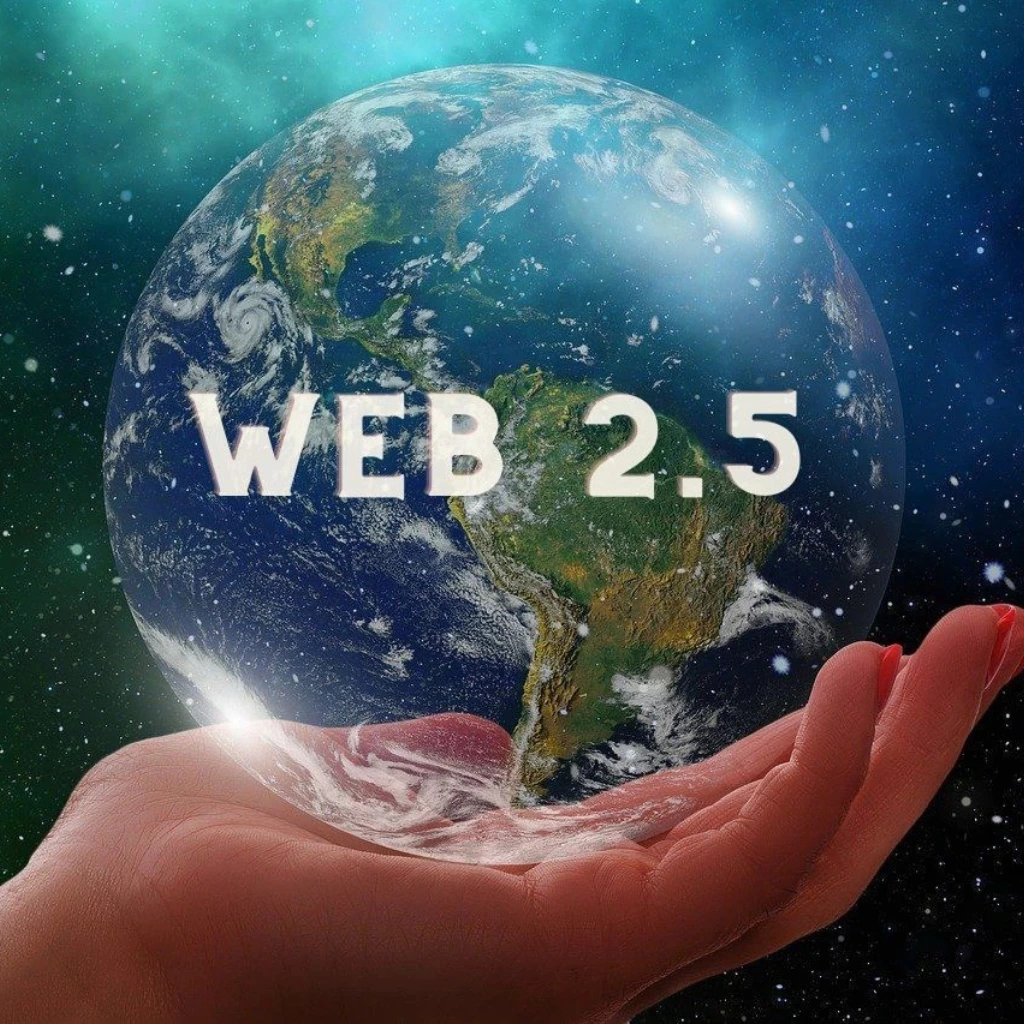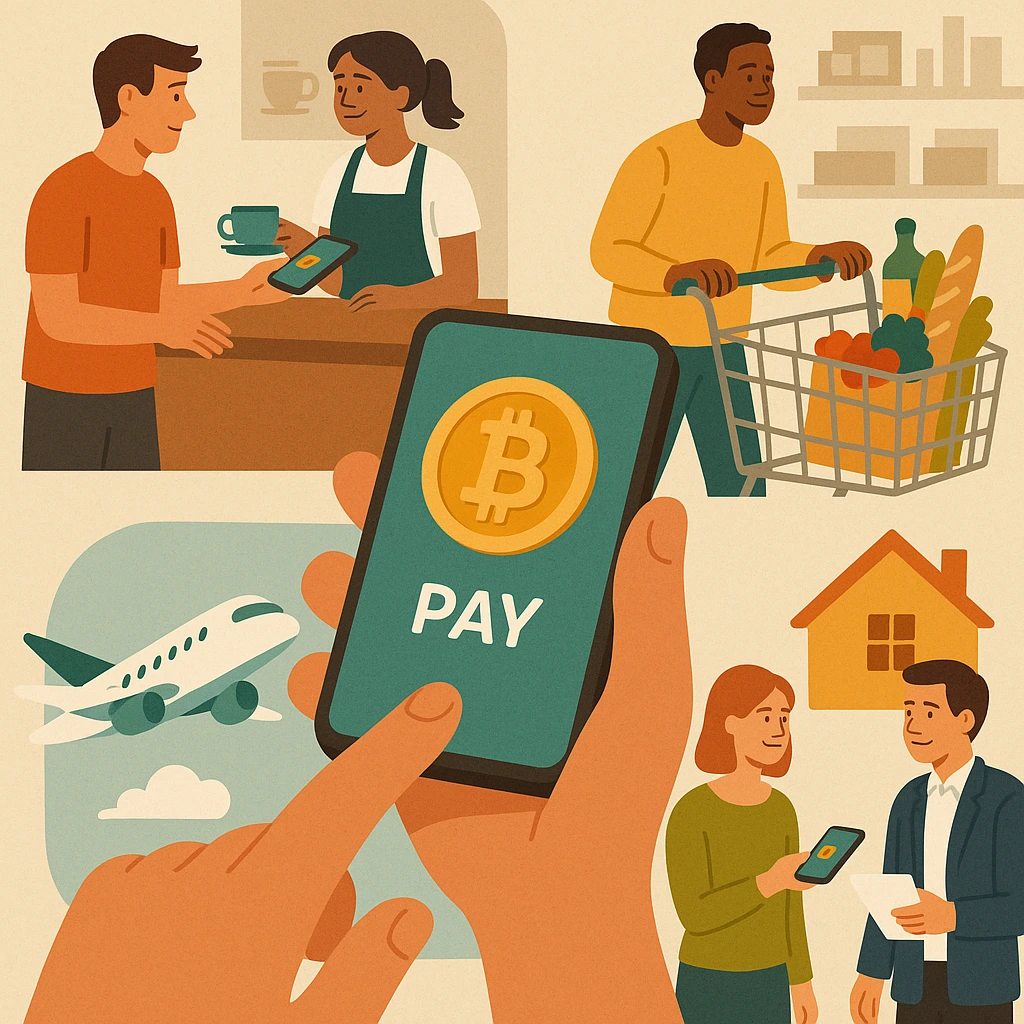From Web2 to Web3: How the Web2.5 Transition Is Actually Happening
You’ve probably heard of Web3 by now—maybe in a headline, on a podcast, or from that one tech-savvy friend who’s really into NFTs. But for most of us, Web3 still feels like a concept from the future. What’s actually happening today is something a bit more subtle, and that’s what people are calling the Web2.5 transition.
This term refers to the current phase we’re in—an in-between stage that blends the familiar Web2 internet with early elements of Web3. It’s not a clean break. It’s more of a slow evolution, and you’re probably already part of it without even realizing it.
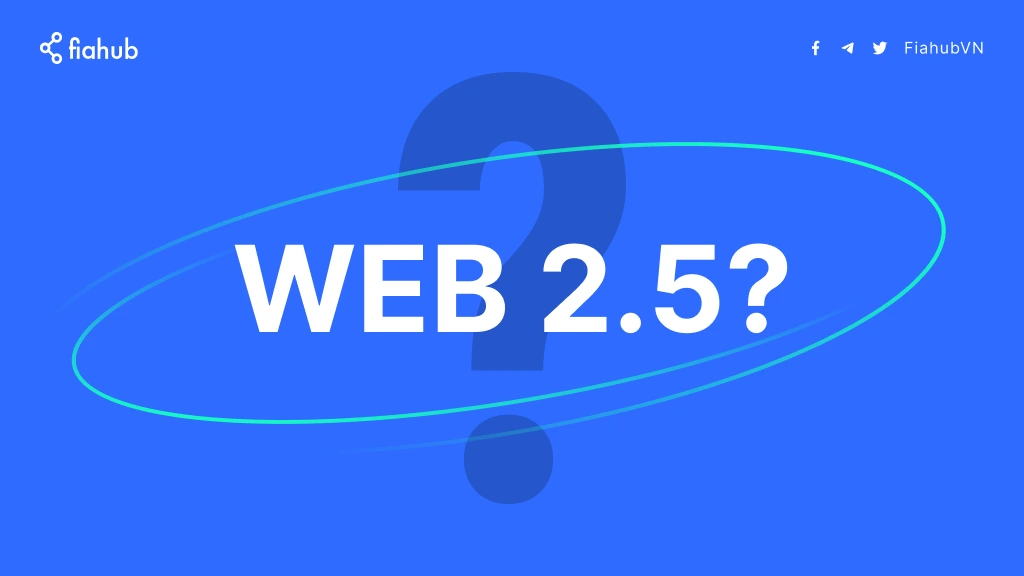
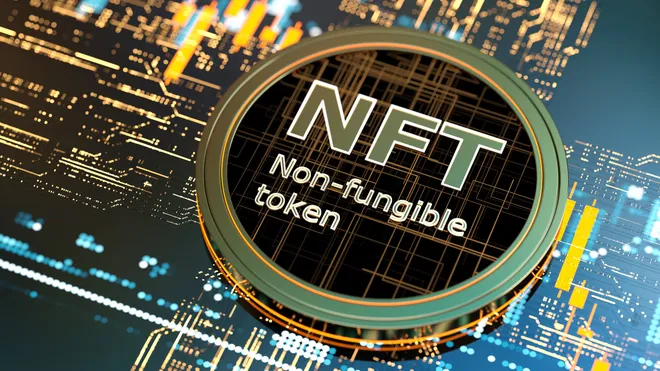
What Is Web2.5?
To understand Web2.5, it helps to quickly recap the others:
- Web2 is the internet we’ve known for the last 15+ years. Think social media platforms, cloud services, and user-generated content—but all managed by centralized companies.
- Web3 aims to change that by decentralizing control. It’s powered by blockchain technology and gives users more ownership over their data, identities, and digital assets.
Web2.5 lives in between. It’s not fully decentralized, but it does incorporate Web3 concepts in a way that feels familiar and user-friendly. For example, an app might let you use your email to sign in, but behind the scenes, it’s using blockchain to store your digital items or authenticate your identity.
In short, Web2.5 keeps things accessible while slowly introducing more decentralized features.

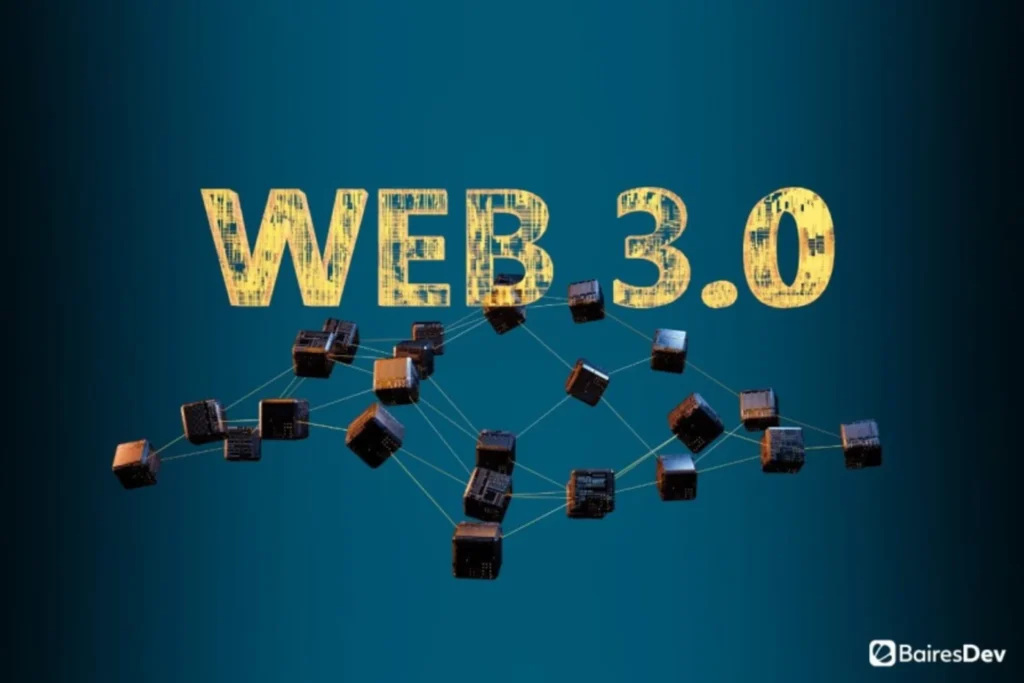
Real-World Examples of the Web2.5 Transition
You might be wondering—where is this actually happening?
Let’s take a look at some recognizable examples:
- Reddit’s digital avatars are NFTs. But they’re packaged in a way that doesn’t require you to touch crypto wallets or deal with blockchain jargon. They feel like any other profile item.
- Starbucks Odyssey, the company’s new loyalty program, uses blockchain tech to track perks and digital collectibles—yet customers interact with it like a typical reward system.
- Gaming platforms now offer in-game assets that are actually NFTs. But if you’re just playing the game, you’d hardly know it.
These are all early signs of the Web2.5 transition—blending innovation with simplicity.


Why Web2.5 Is an Important Step
Jumping straight into Web3 is a big ask for most people. Managing private keys, navigating decentralized finance (DeFi), and dealing with crypto volatility can feel overwhelming—even risky.
That’s why Web2.5 matters.
It acts as a stepping stone. It allows companies and users to dip their toes into new models without diving in all at once. It reduces the friction of adoption, making new technologies feel like natural upgrades instead of disruptive overhauls.
This approach also helps build trust. People are more likely to adopt something new when it doesn’t completely break what they already know.
Common Ways You Might Already Be Using Web2.5
You don’t need to be a crypto expert to be part of this shift. In fact, you might already be using Web2.5 tools.
Here are a few common scenarios:
- Signing into an app using both email and a crypto wallet
- Buying digital goods that come with blockchain receipts or ownership rights
- Interacting with creators who reward fans using token-based platforms
In all of these cases, blockchain powers parts of the experience—but the front-end feels familiar. This “hybrid” model is the essence of the Web2.5 transition.
What’s Slowing Down the Web2.5 Transition?
Despite its promise, Web2.5 isn’t without challenges.
- User experience (UX) can still be clunky. Wallets, gas fees, and security features can confuse new users.
- Trust issues remain, especially after high-profile crypto collapses and scams.
- Terminology and branding around Web3 can be off-putting. For many people, “blockchain” still feels like a buzzword.
That’s why the industry is focusing on abstracting the technical layer—so users don’t have to know how everything works to benefit from it.
Should You Care About the Web2.5 Transition?
If you’re someone who uses the internet (so… everyone), then yes, it’s worth keeping an eye on this.
The Web2.5 transition represents a quiet but meaningful shift toward more user-friendly control, ownership, and interaction. You don’t have to fully “get” it or start trading crypto tomorrow. Just stay curious. Try out a platform or two. Read an article. Ask questions.
Because this isn’t some distant future—it’s already happening. The next version of the internet isn’t arriving all at once. It’s arriving step by step.
And whether you realize it or not, you’re probably walking into Web3—one Web2.5 step at a time.
Relevant Link : Here
